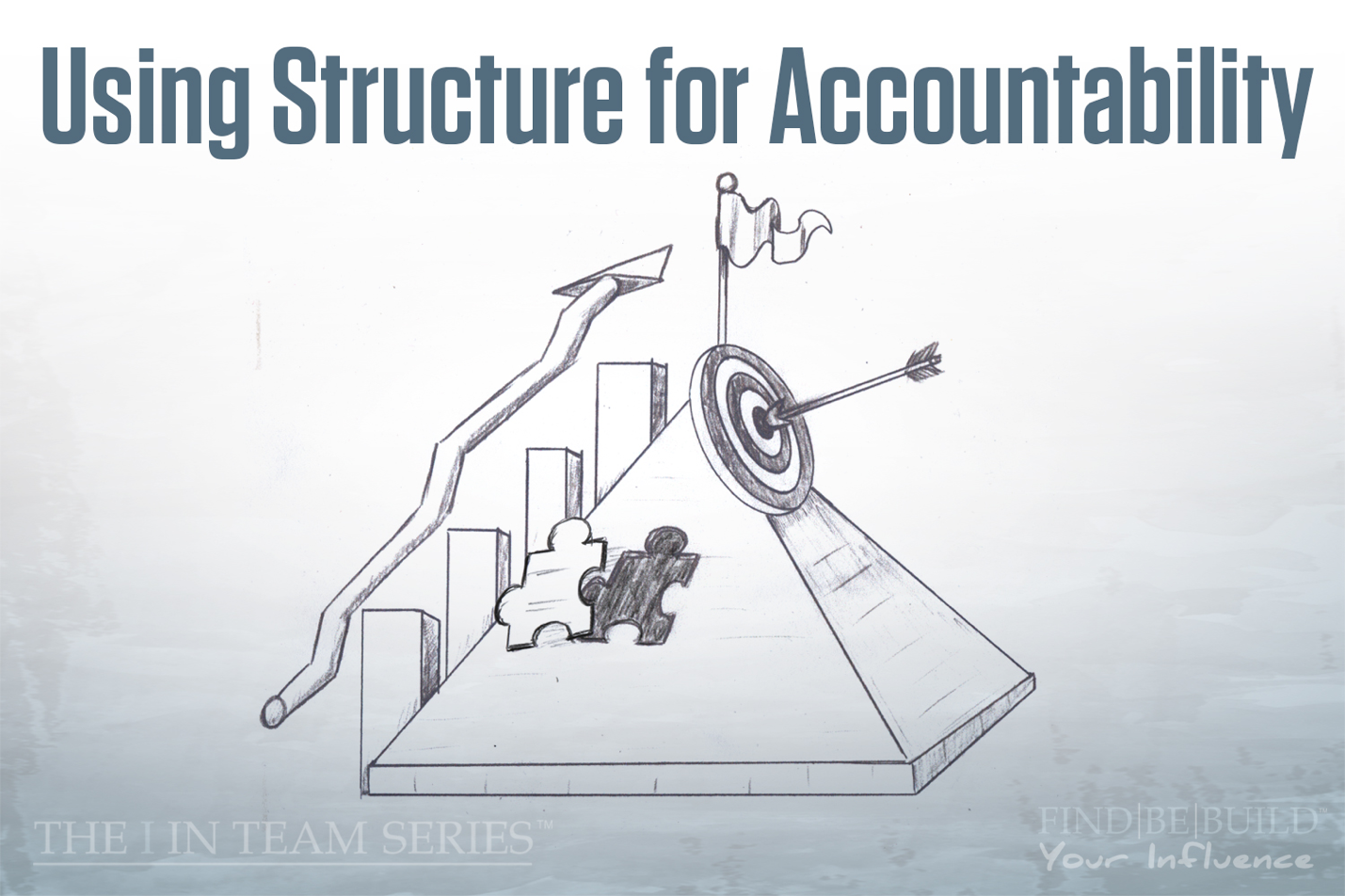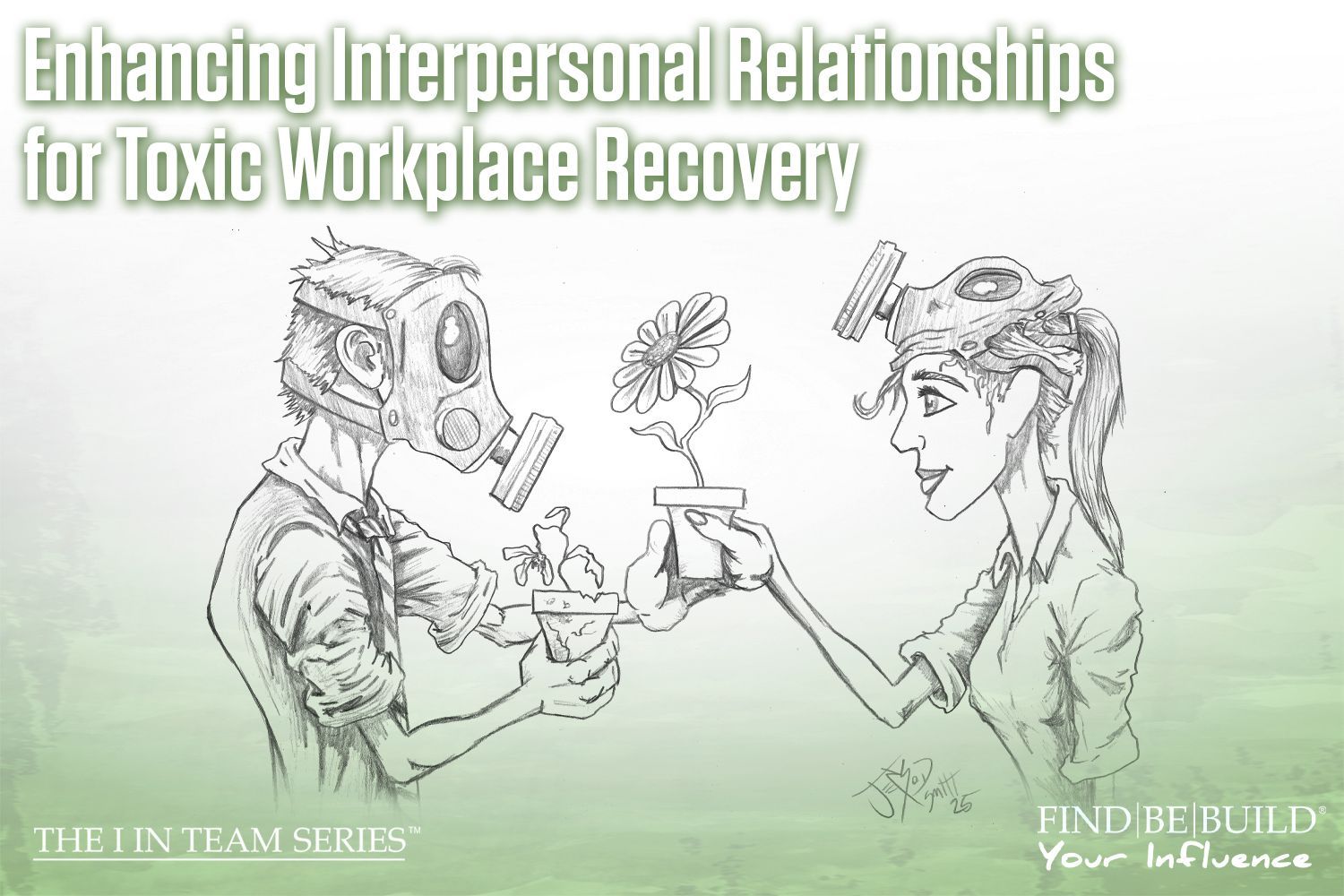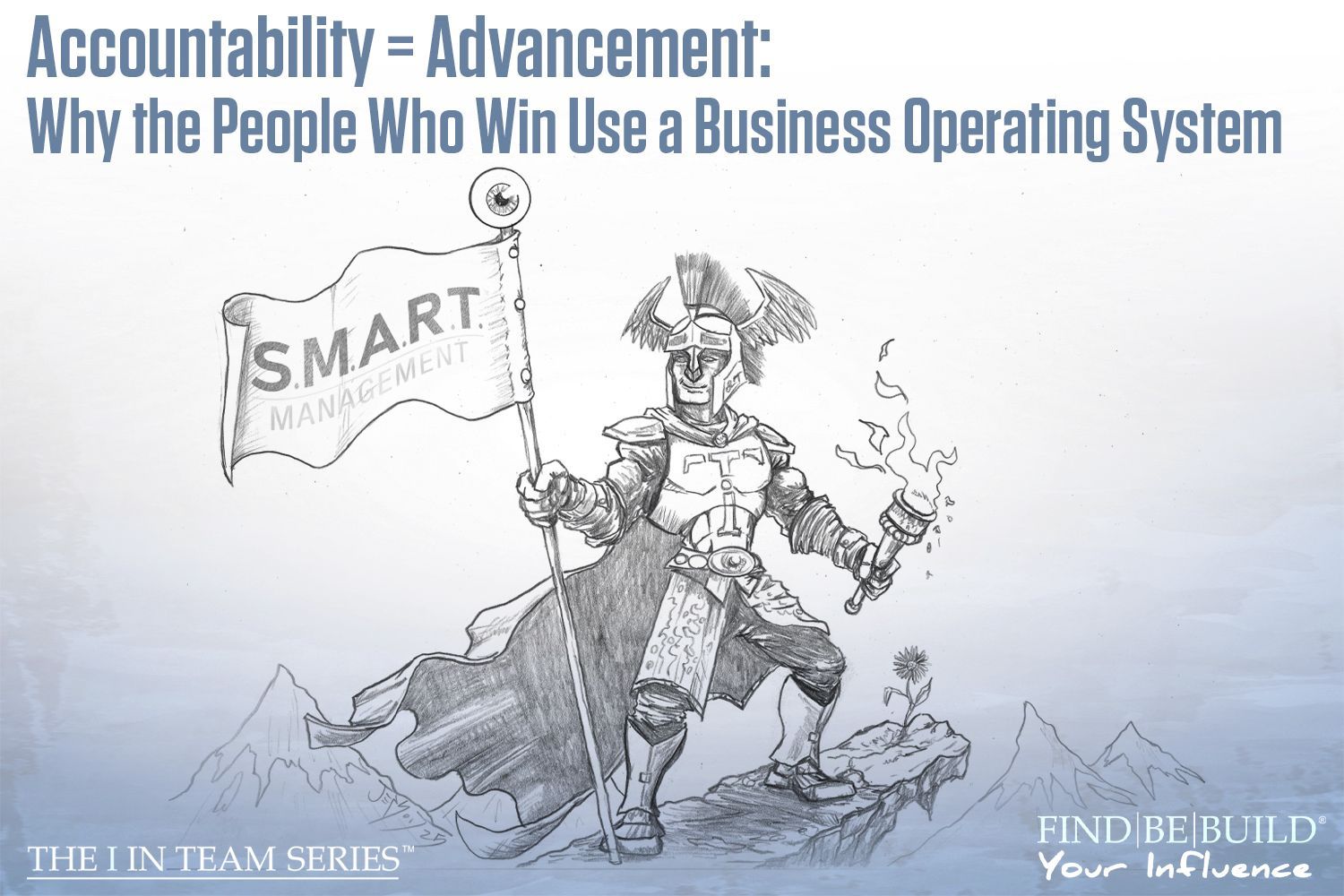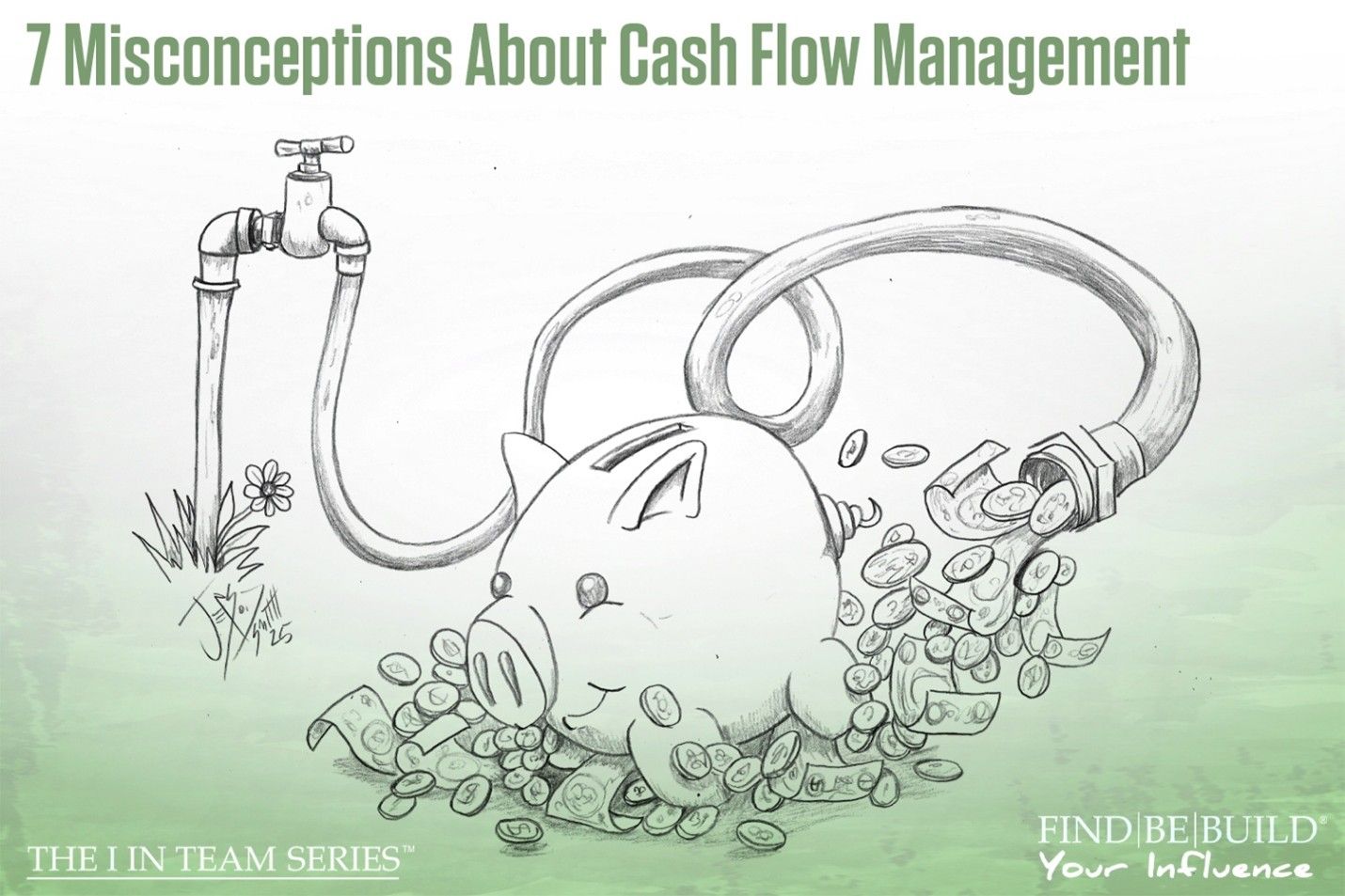Using Structure for Accountability

Business consulting accountability strategies
Hi, team! It’s your friends, Brian and Mary, with the “I” in Team series where you can find , be , and build your positive influence. Many people in IA’s leadership development program and the “I” in Team series tell us that they can’t (or don’t know how to) hold people accountable without being aggressive; others say they don’t like confrontation. Many more feel that accountability is negative. We are here to tell you that it doesn’t have to be. In fact, for most organizations, it’s easy to use structure for accountability. We would venture as far as to say that structure cannot be maintained without accountability.
Structure and Accountability
We will give you a quick definition of what structure and accountability are to ensure the positivity of these two things is communicated concisely. Structure is what holds your organization together. It’s the processes, policies, and procedures , the documents that ensure accuracy and consistency. Accountability is a tool that is used to correct and enhance behaviors while ensuring responsibility is maintained. When used together, they become a powerful tool to ensure all team members (present and future) uphold the image and culture of the organization.
Accountability is Positive
Contrary to many opinions, accountability can be amazingly positive. Holding people accountable and wanting to be held accountable allows us to reach level five of Abraham Maslow’s hierarchy of needs (self-actualization and self-fulfillment), where we can strive to be our best. When we hold ourselves and others accountable, it’s not only kind, but it’s vital to the strength of the organization. If leaders don’t hold others accountable, then there is no point in having a structure in place. Using structure for accountability is vital to the success of any business.
Organizations with a high level of accountability develop an environment and culture where trust is built as the employee–employer relationship matures. People like to know what the consequences are; by understanding the structures in place and knowing they will be held accountable, people are more comfortable and trust their organization. We have found that many individuals simply do not know how to hold others accountable. This can create a negative environment full of tension.
Tactics
The wrong way to hold people accountable is to bark at them about what they did wrong. This is not constructive and doesn’t help your team learn how to move forward or how to avoid making the same mistakes in the future. The best way to hold people accountable is to approach them openly and positively with clear communication. Having clear communication about what went wrong and offering steps to fix the issue usually gives leaders and employees, or peers, a positive interaction in accountability. The key to successful, and ultimately positive, accountability is to be honest and offer help if needed. Give them the benefit of the doubt and aid them in learning how to operate within the structure.
Bottom Line
We have found that this approach towards accountability serves multiple functions. It resolves the issue in a positive way, teaches the person who may have caused the issue to slow down when moving forward, and creates an opportunity for everyone influenced by the issue to experience how issues can be resolved. By using structure for accountability, we can influence positive change for our teams moving forward.
The post Using Structure for Accountability appeared first on IA Business Advisors.












